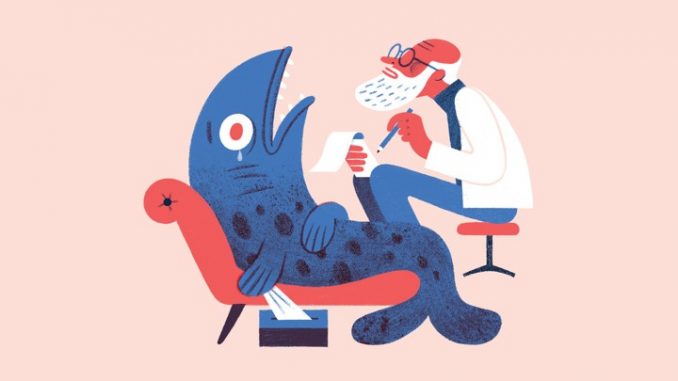
Waterways can contain traces of many drugs—among them antifungals, antimicrobials, and antibacterials, as well as ones for pain, fertility, mood, sleeplessness, and neurodegenerative diseases. If current trends persist, scientists estimate, the volume of pharmaceuticals diffusing into fresh water could increase by two-thirds by 2050. Recent modeling shows that a platypus living in a contaminated stream in Melbourne is already likely to ingest more than half a recommended adult dose of antidepressants every day.
Source: Pharmaceutical Pollution Hurts Wild Animals – The Atlantic